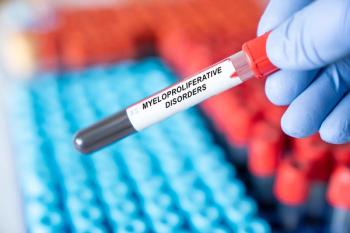
Researchers Outline Lessons Learned About Chronic Migraine Gleaned From Neuroimaging
Where do migraines begin in the brain and what has neuroimaging identified so far about how the disease alters pain processes and functioning? A recent article reviewed what is known so far.
A recent
Migraine has a serious impact on
Chronic and episodic migraine have similar functional and structural alterations in brain regions implicated in the generation of the migraine attack and in pain processes, the authors explained. Patients with chronic migraine may have impaired attentive and executive function deficits as brain networks become impaired. Areas of the brain that are affected include the insula, prefrontal, anterior cingulate, and somatosensory cortex.
The analysis also said that patients with chronic migraine often experience more pronounced problems with the pain inhibitory network as well as increased sensitization of central pain pathways; these sections of the brain include the brainstem, cerebellum, basal ganglia, amygdala, frontal, temporal and occipital areas. Imaging of these areas show regions of increased and decreased gray matter volume. These changes, as they relate to increased pain, may be linked to more frequent attacks.
Where do migraines begin in the brain? So far, imaging studies suggest that a region of the brainstem called the dorsal pons, as well as the hypothalamus, play a role.
Imaging biomarkers may also be able to predict response to treatment, the study said. In addition, if predictive patterns can be determined from imaging, early prevention of migraine may be identified, the researchers wrote.
“Whether brain alterations are biomarkers that predispose migraine patients to chronification or reflect adaptive or maladaptive responses to the increasing headache frequency is still debated. Longitudinal studies including large sample size of patients with episodic and chronic migraine are warranted,” the authors said. “Future studies combining multimodal data, such as functional [magnetic resonance imaging] MRI, structural MRI and electroencephalographic data, might help us to achieve a better understanding of chronic migraine pathophysiology.”
Reference
Filippi M and Mesina R. The chronic migraine brain: What have we learned from neuroimaging? [published online January 9, 2020]. Frontiers in Neurology. https://doi.org/10.3389/fneur.2019.01356.
Newsletter
Stay ahead of policy, cost, and value—subscribe to AJMC for expert insights at the intersection of clinical care and health economics.













































